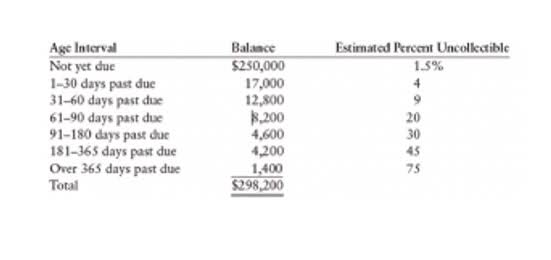This is usually caused by your business sending out payments, like checks, that haven’t cleared the bank yet. If the payment is a check that’s being physically mailed to the recipient, the time in the mail system is also part of the float. Current assets refer to assets that are convertible to cash within one year.
- We believe that better banking products can make the whole financial system more inclusive.
- You will probably want to use some form of fixed point representation for currency values.
- The payment float can be used to the advantage of the firm in times of shortage of funds as it helps to stretch resources in times of necessity.
Once the cheques/drafts are received from customers, no delay should be there in depositing these receipts with the banks. The time lag in collection of receivables can be considerably reduced by managing the time taken by postal intermediaries and banks. A large firm operating over vide geographical areas can accelerate its collection by decentralized collection procedure. Cheques issued but not paid by the bank at any particular time is called ‘payment float’. The company can make use of the payment float called ‘playing the float’, in the sense that the company can issue cheques, even it means as per books of account an overdrawal beyond permissible bank limits.
The Uses of Float
The person authorised to access the safe should be made aware that they alone are responsible for the integrity of the safe and its’ contents. For retail businesses, it’s generally recommended to keep a $500 to $1,000 float. This amount allows for flexibility in handling transactions and ensures enough cash to meet customer needs.
- The efficient cash management will aim at maximizing the availability of cash inflows by decentralizing collections and decelerating cash outflows by centralizing disbursements.
- What is company policy concerning the number of people with keys to the safe?
- In retail businesses and restaurant settings, however, cash float can also refer to the amount of cash put in the register at the start of the day or an individual employee’s shift.
- The investor relations staff can have an impact on a company’s float by paying attention to the following float management activities.
- This discrepancy is usually the result of delays in payments or money transfers, as well as processing checks, which may take a bank several days to receive and record.
- You have currency datatypes (money, smallmoney), which should be used instead of float or real.
Compare this average float to your daily cash flow to keep better track of your accounts. When you’re keeping track of business accounts, there are sometimes gaps or delays between making a deposit or withdrawal and the funds clearing the account. These gaps are due to a delay in payment processing along with the usual bank clearance process.
Float: Meaning and Types Financial Management
Have production personnel been issued with a standard excel spreadsheet that they are required to account for expenses on? If so, personnel should be instructed to submit an e-mailed version of the spreadsheet, and copies of the receipts. The Production Accountant can then adjust VAT and other errors directly on the spreadsheet and then upload the form into the accounts system. Cash float, on the other hand, usually contains fluctuating amounts or uncertain time frames for processing. To break it down, petty cash only becomes part of a cash float if it isn’t organized and the procedures aren’t followed for spending and recording.
What is Float in Finance?
(b) The delay in presentation of cheques and drafts into the bank for collection. (a) The delay or time taken in postal transmission from customer to company’s head office. Knowing that cash float will exist in your business means you have the opportunity to identify systems internally to prevent confusion and error. Since the float is essentially double-counted money, it can distort the measurement of a nation’s money supply by briefly inflating the amount of money in the banking system. The steady decline in the number of checks written each year, combined with the rapid adoption of innovative and convenient payment services, may make float a thing of the past.
What is Floating Capital?
In other words, the amount tied-up in cheques and drafts that have been remitted by the customers to the company but has not converted into cash for use in the company’s operations. Float refers to ‘the amount of money tied up between the time a payment is initiated and cleared funds become available in the company’s bank account’. The efficiency of firm’s cash management can be enhanced by having knowledge and use of various procedures aiming at accelerating cash inflows and controlling cash outflows. Ramp allows you to control your financials, from cash flow to credit card spending.
Both cash your business has on hand and cash it has in the bank are considered current assets. This effectively gives businesses a floating grace period of interest-free purchases. The grace period can vary between credit cards, so be sure to do your research to learn and schedule your window for credit card float. When it came to “capitalising” the interest (ie. paying the interest what type of corporation is a nonprofit back into your account) the amount was rounded to the penny. (In fact it was more complicated as it was a multi-currency system that could work in many decimal places – but we always rounded to the “penny” of that currency). Yes – there where “fractions” of loss and gain, but when the computers figures were actualised (money paid out or paid in) it was always REAL money values.
What is Net Float?
Another system that may be employed is called the ‘imprest’ system in which a person’s float is always kept at a certain pre-agreed level. Keeping an eye on float and understanding how to handle it can help your business avoid any budget shortfalls. Floating point is a good choice for computations where the scale of the result is what is important.







